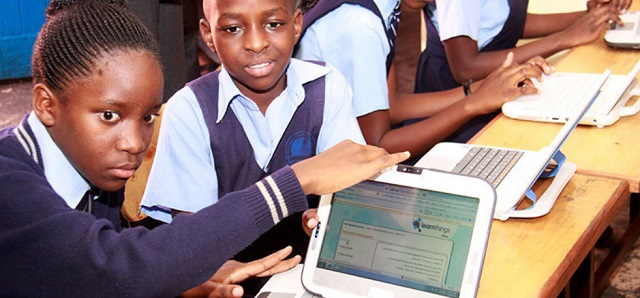
Latest Economic Update notes that investments in human capital and youth over the next five years will impact on the country’s prosperity
| THE INDEPENDENT | Increasing government spending on health and education over the next five years will enable Uganda to enjoy a demographic dividend that comes with a fast-growing young population, according to the World Bank’s latest Uganda Economic Update.
The report released on Dec.02 dubbed, “Investing in Uganda’s Youth,” says investments in youth will significantly impact the future path of the country’s prosperity, and recovery from the COVID-19 pandemic.
The coronavirus crisis has considerably slowed down Uganda’s growth to 3.1% in FY20, down from 6.8% in the previous fiscal years, the report notes.
Household incomes have fallen as a result of widespread closures of firms, job losses within industry and services, particularly the urban informal sector, and a movement of labor back to farming. The World Bank projects a contraction in economic growth by up to 1% in 2020.
The report warns that up to three million additional Ugandans could fall into poverty, in addition to the 8.7 million currently in poverty, threatening to reverse the gains Uganda has made from its structural transformation in recent years.
More worryingly, the report says the pandemic may further hamper human capital development and the country’s chances of benefiting from its rapidly growing young population which needs jobs and basic services.
“If public investments in health and education are not increased over the medium-term, the quality and access gaps for these services will continue growing and catching up at a later stage will prove extremely difficult,” said Aziz Atamanov, World Bank Senior Economist in the Poverty Global Practice and co-author of the report.
According to the analysis, Uganda’s population will increase in the next twenty years to around 74 million from an estimated 46 million today, and more than double to around 104 million by 2060. Of these, 70% will be working age, and half of the population will be living in urban areas. This could become a curse or a boom, the report says, depending on how the government invests resources and steers reforms in coming years.
Currently, only one-third of Uganda’s students complete primary education, and enrollment in secondary school has stalled at 30% for decades. Health coverage is just 44%, short of the Sustainable Development Goal’s (SDG) Universal Health Coverage goal of 90%.
In large part due to these gaps, a child born in Uganda today will be only 38% as productive when she grows up as she could be if she enjoyed complete education and full health.
To harness the demographic dividend, the economic update recommends an increase in resources to the education and the health sectors to ensure that the youthful workforce is healthy, skilled and well-educated in order to be productive and contribute to the country’s growth and transformation. This requires increasing the current education budget of $480 million to $979 million by 2025, the report says, while basic health service expenditures need to rise to $914 million in 2030, up from the current $703 million.
“The government will have to invest heavily just to be able to absorb the growing number of students without any access or quality improvements in the sector,” said Cara Myers, World Bank consultant and co-author of the economic update. “Although more substantial and strategic investments in the sector are required to reach the SDG scenario, these will also generate substantial efficiency gains in the long term.”
To attain the Universal Health Coverage goals outlined in the SDGs by 2030, between now and 2025, the report recommends 20 additional general hospitals, around 11,796 additional hospital beds, and a total of 29,162 additional skilled healthcare workers to reach the 44.5 skilled healthcare workers per 10,000 population target. While mobilizing these resources could be a challenge in the current pandemic environment, the report notes that increasing efficiency in existing resource allocation and spending and partnering with the private sector would maintain the momentum.
To be on track to meet the education SDGs, over the next five years the government will have to double the number of secondary school classrooms and recruit 10,000 additional secondary teachers per year. It will also have to focus on quality improvements, such as reducing teacher absenteeism through better supervision and improving how teachers are deployed to schools in line with the changing curriculum needs.
In light of these projections, it is notable that lowering the population growth rate would generate savings on government expenditure. In addition, educating girls and providing them with greater access to reproductive health service would curb teenage pregnancy and enable them to attain their fullest potential.
****
 The Independent Uganda: You get the Truth we Pay the Price
The Independent Uganda: You get the Truth we Pay the Price



